CHINA: From no future to market leader – visiting Epson's massive projector manufacturing facility
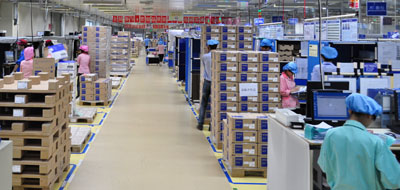
It’s quite a distance from deciding your company has no future in manufacturing LCD projectors to be becoming the global market leader, but it’s a distance Epson has travelled in the space of two decades, as I've been discovering on a visit to the company's massive production facility here in China.
Epson brought its first LCD projector, the VPJ-700, to market in January 1989 – and at the time, its 320x220-pixel resolution more than justified a cost of almost $6000. It was July 1991’s VPJ-2000 that almost ruined the company’s faith in the technology’s saleability, though – here was a projector with a resolution of 480x440px, weighing almost 11 kilos and costing the thick end of $11,000 (more than twice the price the company had originally targeted).
Sales were disastrous: around 10% of what Epson had (conservatively, it thought) predicted. The VPJ-2000 fiasco saw Epson’s development of LCD projectors pretty much abandoned – the entire department was reduced to just six men.
Those six men were responsible for a spectacular turnaround in the company’s fortunes, however. It wasn’t until December 1994 that the intrepid half-dozen delivered the ELP-3000, but in that time they’d learned a lot of lessons: it was half the weight, half the price and easier to assemble than the VPJ-2000, and it had a 640x480-pixel resolution and direct PC connectivity.
It sold like gangbusters, and five years later Epson was the global market leader in business and domestic projectors – a position it’s yet to relinquish. It’s a market that’s grown by at least 10% every year since 2004.
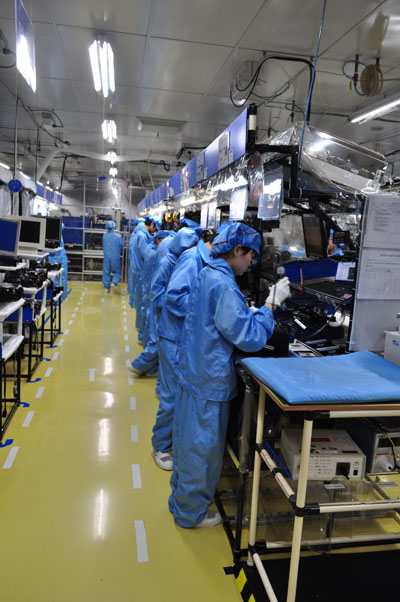
The company has consolidated its position thanks to a lot of targeted investment, not least of which is Epson Engineering (Shenzhen) Limited. ESL is the largest projector manufacturing plant in the world, with over 5000 staff involved in the production of business and domestic projectors.
Epson Japan is responsible for design and development, but ESL handles all aspects of manufacture and assembly – every component of every Epson projector (and there’s quite a range) is built at ESL.
Get the What Hi-Fi? Newsletter
The latest hi-fi, home cinema and tech news, reviews, buying advice and deals, direct to your inbox.
Epson is the only manufacturer in the world to develop and construct both the LCD panels and the lamps its projectors use, and ESL (which started production in 2002) is responsible for some of the more prodigious production figures you’re ever likely to read.
Everything is on a massive scale here: the factory turns out five projectors every minute (that’s 8000 a day or 150,000 a month). If there’s a big order to fill, that figure can be pushed to 200,000 per month with overtime. It almost goes without saying that those are figures that can’t be bettered anywhere else in the world.
ESL is a huge facility, but then it’s dealing with huge numbers – so while the area is big, the workforce operate in very close proximity, which makes for an environment at once intimate and impersonal.
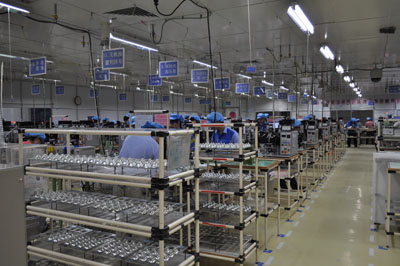
Automation is virtually non-existent – everything from date-stamping the lamps to winding conductor coils is done by hand, and it’s all done at a furious pace.
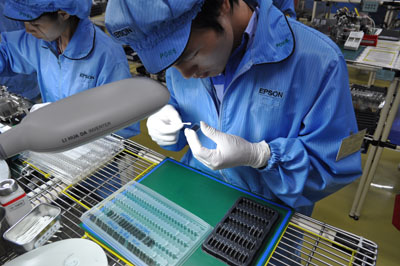
Quality control is one of Epson’s many mantras, though, and while the factory may be turning out projectors at a rate of hundreds per hour, each one is tested for at least two hours before it’s packaged – which means almost as much space is devoted to soak-testing projectors as it is to building them in the first place.
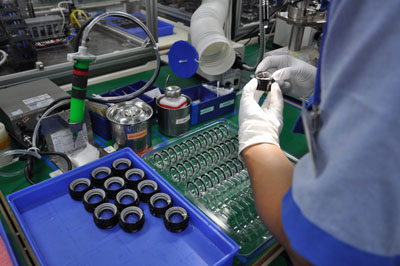
The bulk of the products are for the commercial market – there isn’t an office or a school the world over that doesn’t have need of a projector at some point – but Epson is determined to expand consumer demand for its products.
Higher performance, lower cost, simplicity of use, wireless connectivity and quieter operation are high on its list of ways of achieving this, and it seems certain the company will do its utmost to succeed.
And if all goes according to plan, there’s no doubt ESL has the capacity and the will to supply any demand the company can generate.
Simon Lucas is a freelance technology journalist and consultant, with particular emphasis on the audio/video aspects of home entertainment. Before embracing the carefree life of the freelancer, he was editor of What Hi-Fi? – since then, he's written for titles such as GQ, Metro, The Guardian and Stuff, among many others.
